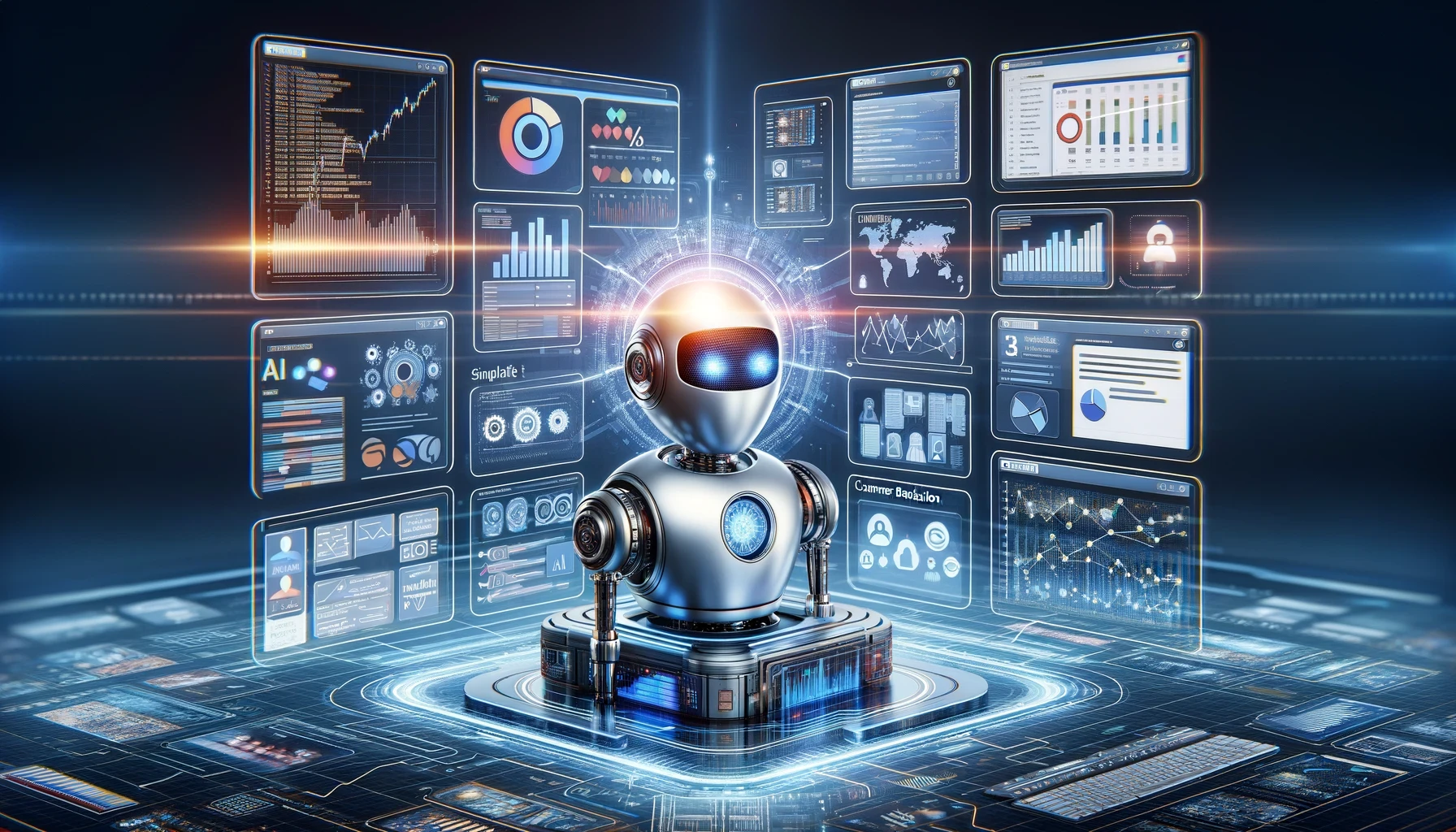Social media continues to evolve in 2025, offering new opportunities for brands and marketers. Let’s take a closer look at the key SMM trends for 2025 that are shaping today’s social media strategies.
1. Video content dominance
Video remains the primary content format on social media. Short videos, such as Reels on Instagram and Shorts on YouTube, are gaining even more popularity, allowing brands to quickly and effectively get their messages across to their audiences. Live streaming also remains an important tool for engaging with followers in real time.
For example:
- Short videos: Formats like Instagram Reels and YouTube Shorts allow you to create dynamic content up to 60 seconds long. They’re perfect for product demonstrations, quick tips, or to draw attention to promotions.
- Live broadcasts: Hosting live broadcasts on platforms like Facebook and Instagram allows you to engage directly with your audience, answer questions, and showcase new products in real time.
2. The growing role of artificial intelligence (AI)
Artificial intelligence is playing an increasingly important role in content creation and personalization. AI algorithms analyze user behavior, helping brands offer more relevant content and increase audience engagement. Process automation allows for more efficient management of advertising campaigns and optimization of costs.
For example:
- Content Personalization: AI analyzes user preferences and behavior to provide them with personalized content, increasing the likelihood of engagement and conversion.
- Chatbots: Using AI chatbots to automate customer service in messengers and on websites, ensuring quick answers to questions and increasing customer satisfaction.
3. Augmented Reality (AR) and Virtual Reality (VR) Integration
AR and VR technologies are becoming an integral part of social networks, providing users with a unique experience of interacting with content. Augmented reality filters, virtual product fitting and interactive 3D tours allow brands to create more immersive content and engage audiences on a new level.
For example:
- AR Filters: Creating branded filters for Instagram and Facebook that allow users to interact with a product in a virtual environment, such as trying on glasses or makeup.
- VR Experiences: Using virtual reality to provide virtual store tours or showcase products in 3D, increasing engagement and interest in the brand.
4. Popularization of ephemeral content
Content that disappears after a short period of time, such as Instagram and Facebook Stories, continues to gain momentum. This format creates a sense of urgency and exclusivity, encouraging users to engage with brands’ content more often.
For example:
- Exclusive Offers: Using Stories to announce limited-time promotions or discounts, encouraging users to take immediate action.
- Behind-the-scenes content: Posting short videos or photos from the inside of a company, making the brand more human and relatable to the audience.
5. Authenticity and transparency
Consumers increasingly value honesty and openness from brands. Showing real stories, behind-the-scenes moments, and honest communication with the audience helps build trust and loyalty.
For example:
- Real Reviews: Publishing unedited reviews from real customers, increasing brand trust.
- Process Transparency: Stories about a company’s manufacturing processes, sourcing of raw materials, or ethical standards that demonstrate openness and accountability.
6. The impact of micro-influencers
With smaller but more engaged audiences, micro-influencers are valuable partners for brands. Working with them allows you to reach specific niche markets and increase the effectiveness of marketing campaigns.
For example:
- High Engagement: Micro-influencers often have a closer connection with their audience, leading to higher levels of engagement and trust.
- Niche Markets: Working with micro-influencers allows brands to effectively reach specific market segments that may not be accessible through mass channels.
7. Changes in algorithms and organic reach
Constant updates to social media algorithms affect content visibility. Brands need to adapt their strategies, focusing on creating quality and engaging content to maintain high levels of organic reach.
For example:
- Quality content: Creating relevant and valuable content that matches the interests of the audience helps improve positions in the platforms’ algorithms.
- Using new formats: Integrating new features and formats offered by the platforms, such as AR filters or interactive polls, can help increase the visibility of your content.
8. The development of shopping on social networks
Features that allow purchases to be made directly through platforms are becoming more common. Integrating e-commerce into social media simplifies the purchasing process and increases conversion for brands.
For example:
- Instagram Shops: Instagram Shops allow brands to showcase products directly on the platform, simplifying the journey from browsing to purchasing.
- One-Click Shopping: Payment system integration allows users to make purchases directly in the app, reducing the number of steps to complete a transaction.
9. Focus on Generation Z
Generation Z is becoming a core audience for many platforms. It is important for brands to understand their preferences and values, tailoring content and communications to the expectations of this demographic.
For example:
- Visual Content: Gen Z prefers visually rich content, such as videos and images, that quickly convey information.
- Social Responsibility: This audience values brands that demonstrate social responsibility and support important social initiatives.
10. Using memes in marketing
Memes remain an effective means of communication, allowing brands to quickly respond to current events and trends, as well as establish an emotional connection with their audience through humor and shared cultural references.
For example:
- Viral Potential: Memes have a high probability of going viral, which can significantly increase brand reach.
- Cultural Adaptation: Using memes that are culturally relevant and relevant to the target audience helps increase the relevance of the content.
In summary, SMM in 2025 is characterized by the adoption of the latest technologies, a focus on authenticity and personalization, and adaptation to changes in user behavior. Brands need to be flexible and innovative to effectively engage with their audiences and succeed in the dynamic world of social media.



